For more than a decade, the jewelry world was captivated by the brilliance of diamonds—both natural and the rapidly rising lab-grown varieties—along with their more affordable counterpart, moissanite. The colorless sparkle of these stones became the benchmark for luxury and the primary choice for engagement rings and investment jewelry. During this period, colored gemstones: magnificent rubies, rich sapphires, deep emeralds, and a host of semi-precious minerals—endured a period of neglect and were significantly less valued and less in demand. They were often considered less versatile, harder to style, and less appealing from an investment perspective.
Today, however, the situation has dramatically shifted. Colored gemstones have made a triumphant return to the jewelry world and are deservedly cementing their position as the "New Gold" for jewelers, collectors, and investors.
Analytical Renaissance: Why Colored Gems are Trending Again
The resurgence of colored gemstones is driven by several key factors:
-
Diamond Market Saturation: An oversupply, particularly in the lab-grown segment, has lessened the perception of uniqueness and, in some cases, the value of diamonds.
-
Quest for Individuality: Today's buyer is tired of conformity and seeks pieces that reflect their personal style and uniqueness. Colored stones offer an unlimited palette of hues and shapes, allowing for the creation of truly exclusive jewelry.
-
Investment Appeal: Rare, high-quality natural stones (rubies, sapphires, emeralds) are demonstrating stable price appreciation and serve as an excellent tool for diversifying investment portfolios. Amid global market volatility, physical assets with finite supply, such as fine colored gems, are becoming particularly valuable.
-
Designer Freedom: Jewelers are increasingly experimenting with bold, vibrant combinations. Stones like spinel, tourmaline, tsavorite garnets, and tanzanite offer superb quality and a rich color range that inspires the creation of new masterpieces.
-
Cultural Shift: Historically, colored gems were symbols of royalty and high status. Their return reflects a growing interest in heritage and vintage aesthetics.
A Loud Validation of Value: The Louvre Incident
The true value of colored gemstones was recently and dramatically affirmed by the Louvre robbery (October 2025), where historical French Crown Jewels were stolen from the Galerie d'Apollon.
Crucial Detail: The thieves deliberately targeted pieces containing large colored gemstones, such as emeralds and sapphires, including necklaces and tiaras from imperial parures. Experts note that criminals typically avoid world-famous diamonds (like the untouched "Regent" diamond, which is untradeable) in favor of jewelry with colored stones. Colored gems are easier to extract, re-cut, and sell on the secondary market, making them the ideal target for quick liquidation, even when they are part of famous historical artifacts.
This incident, while a tragedy for cultural heritage, underscored two points: the historical significance and the high liquidity of quality colored gemstones, a fact recognized even by the criminal underworld.
Conclusion: The New Era of Fine Jewelry
Colored gemstones are no longer mere fashion accessories. Their current popularity reflects profound changes in consumer preferences: a desire for rarity, authenticity, and individual expression. By combining historical value, stunning variety, investment potential, and market liquidity, they have rightfully claimed their place as the "New Gold" in the hearts of jewelers and the portfolios of investors, heralding a new, brilliant era in the world of precious stones.

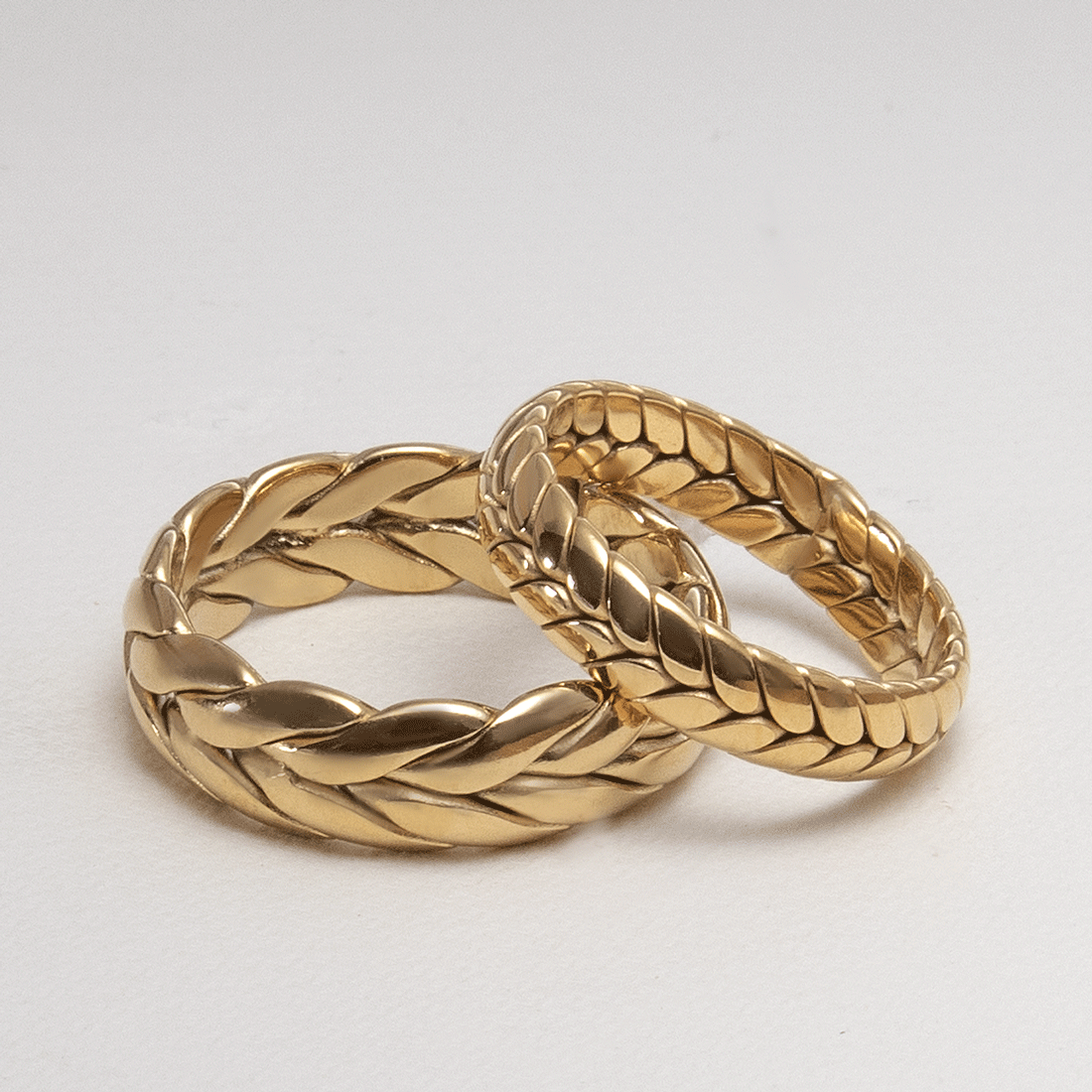
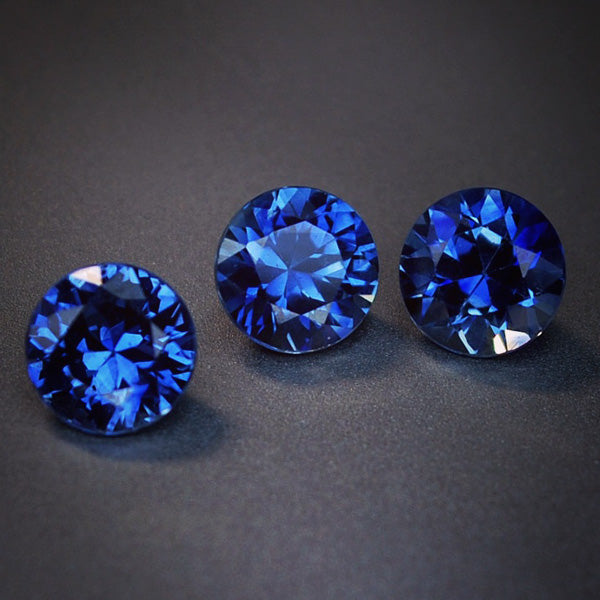
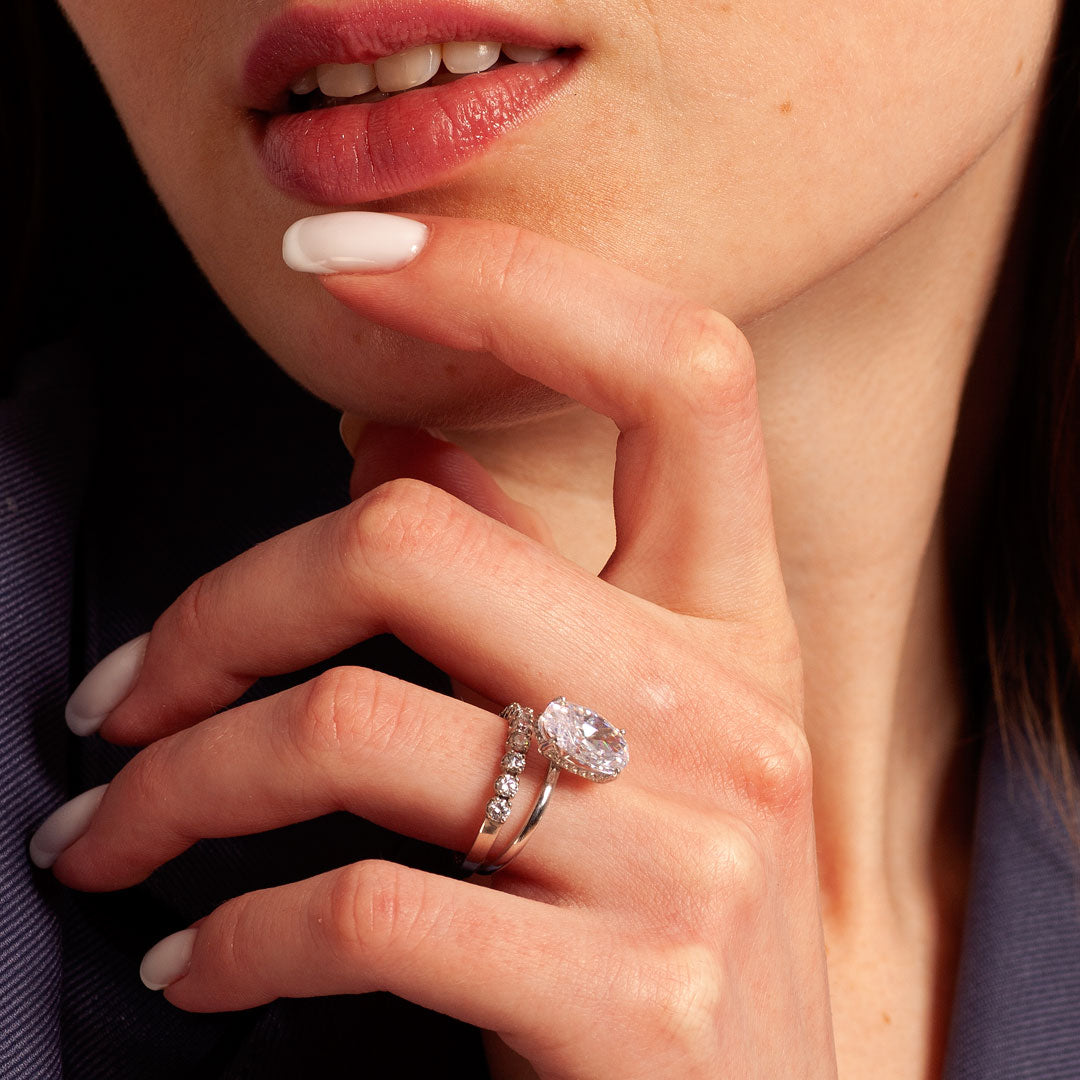

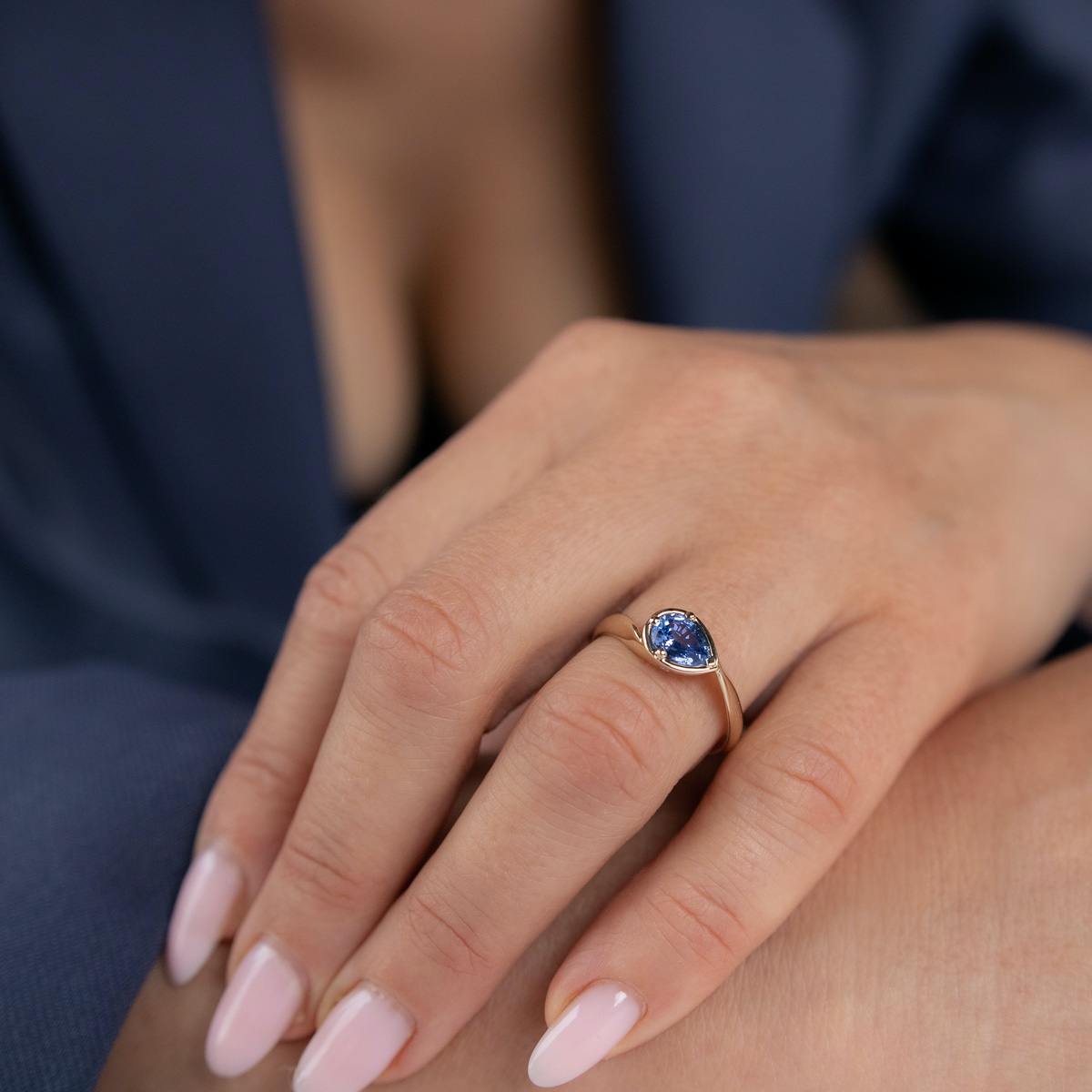
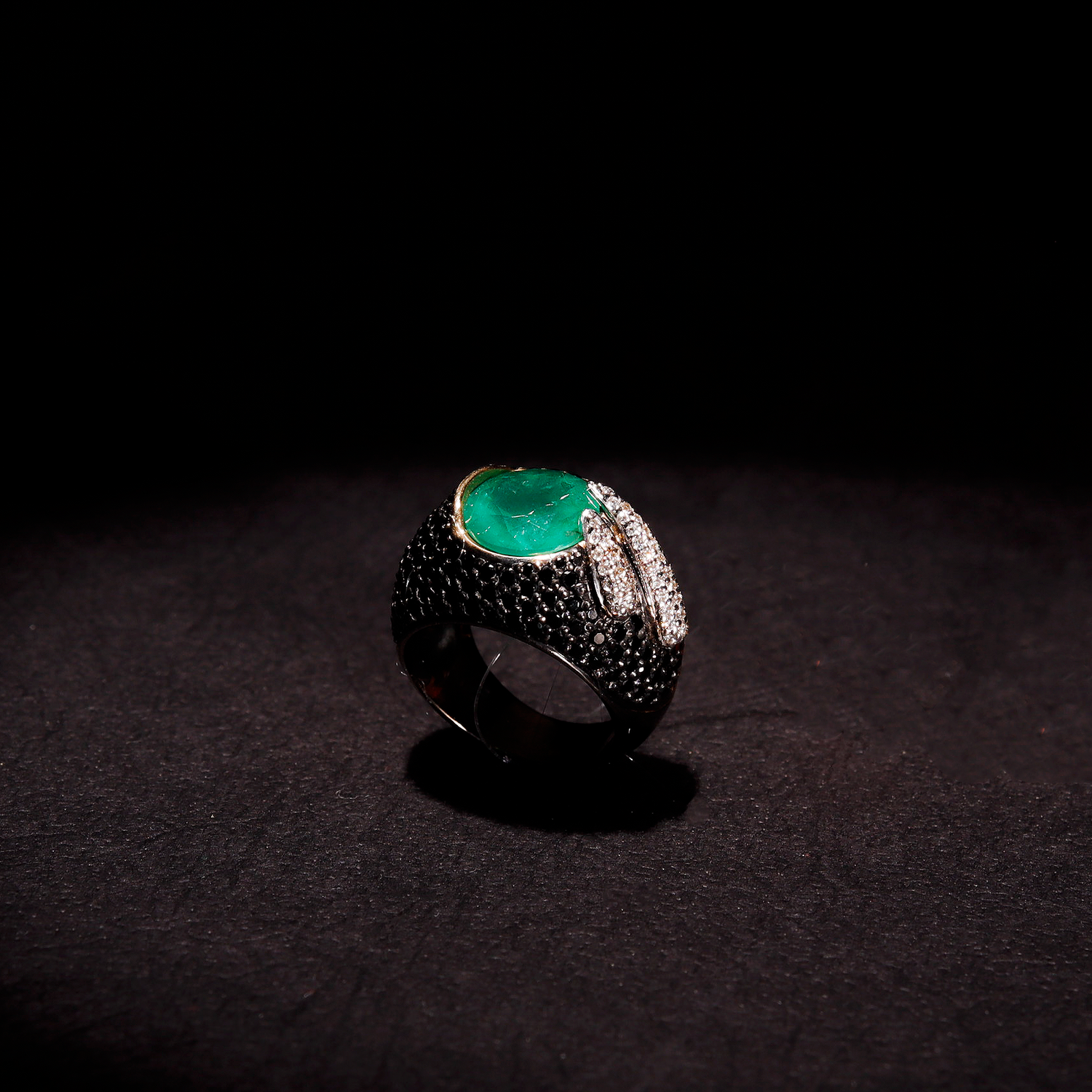




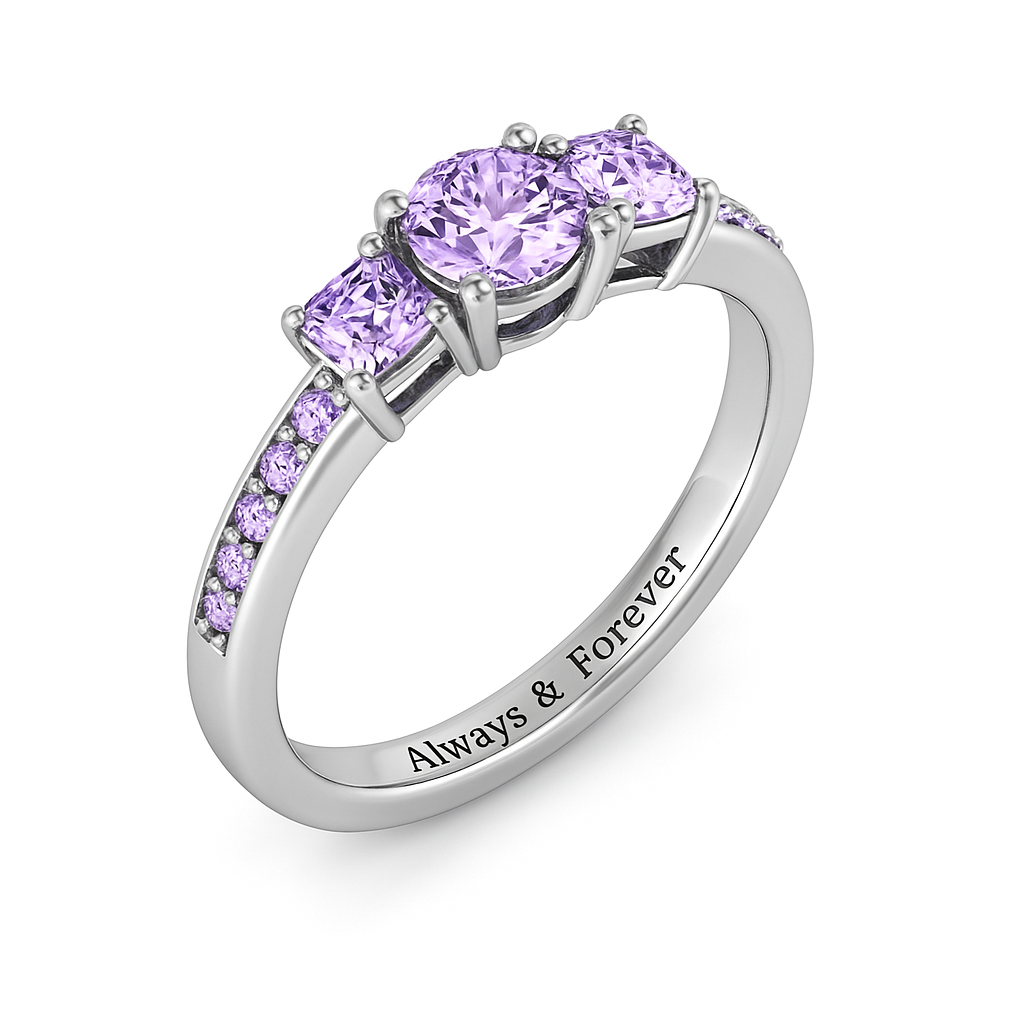
Leave a comment
This site is protected by hCaptcha and the hCaptcha Privacy Policy and Terms of Service apply.